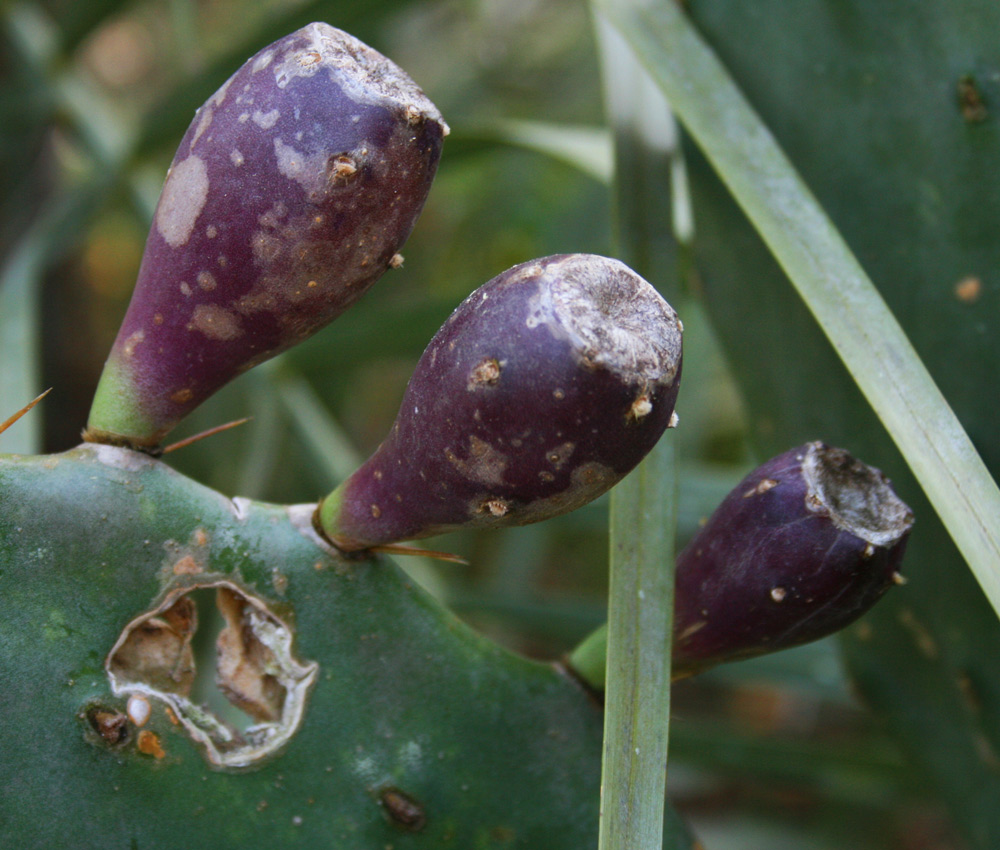Cacti, with their enthralling adaptations to arid environments, can position themselves as perilously beautiful entities. However, their allure can be deceptive, as they often come equipped with sharp spines that may embed themselves into human skin. Removing cactus spines can be a daunting affair, necessitating careful techniques to prevent further injury or infection. This article elucidates safe methods for removing cactus spines from skin, discussing both the biological nature of the spines and practical approaches for extraction.
Understanding the Nature of Cactus Spines
Before delving into removal techniques, it’s imperative to comprehend the anatomy of cactus spines. These spines are modified leaves and can vary significantly in size, shape, and sharpness among different cactus species. Some spines are rigid and needle-like, while others may be barbed or even consist of tiny glochids, which are minuscule, hair-like spines that can evoke an irritable sensation upon contact with the skin. The primary purpose of these spines is to deter herbivores, but they can also lead to discomfort for humans.
Considering the biological makeup of cactus spines is essential before attempting to remove them. Depending on the type, removal strategies may differ, as barbed spines require distinct techniques compared to straight, non-barbed ones. Hence, identifying the type of spine that has penetrated your skin will guide the subsequent process of removal.
Preparation: Gather Your Tools
Before commencing the extraction of cactus spines, it is beneficial to prepare a small arsenal of tools. Keeping various items handy can streamline the process and reduce the likelihood of complications. Essential tools may include:
- Fine tweezers: A critical component for grasping and pulling out spines.
- Adhesive tape: This can be utilized for removing finer glochids.
- Needle: For deeper punctures or more intricate excisions.
- Alcohol wipes: Essential for sterilization to prevent infection.
- Ice pack: To numb the area prior to removal.
These items will ensure that you can handle the removal process with precision and care. Once you have gathered your tools, you may begin the extraction process.
Gentle Approach: Numb and Extract
For spines that have embedded themselves into the skin, it is often advantageous to employ a dual strategy: numbing the area and then carefully extracting the spine. Start by applying an ice pack to the affected region for approximately 10–15 minutes. This will desensitize the surrounding tissue, making the extraction process more tolerable.
Once the area is numb, visually inspect for the spine. Using fine tweezers, carefully grasp the spine as close to the skin as possible. Pull it out steadily, ensuring that you are not twisting or jerking, as this can lead to the spine breaking off within the skin. If you encounter resistance, do not force it; instead, review the situation and consider your options.
The Tape Method: A Simple Solution for Glochids
When dealing with those elusive glochids, fine tweezers may prove ineffective. Instead, consider using adhesive tape as a simple yet effective method for extraction. First, press a piece of tape against the area where the glochids are embedded. Ensure that the tape adheres thoroughly to the skin surface for the best results.
Next, peel away the tape gently but quickly. This action can often lift multiple glochids away from the skin without causing additional trauma. Repeat the process if residual glochids remain. Post extraction, it’s prudent to clean the area with soap and water, followed by an application of an antiseptic to ward off potential infections.
When Complications Arise: Seeking Medical Assistance
In some instances, spine removal may not yield the desired results. If a spine breaks and fragments are left within the skin, or if an infection develops, it is vital to consult a healthcare professional. Signs of infection can include increased redness, swelling, or pus emanating from the site. A physician can assist in safely extracting stubborn spine remnants or prescribe treatment to manage any infection.
Preventative Measures: Avoiding Future Encounters
Understanding how to manage cactus spines is crucial, but preventive measures are equally important. When working or exploring environments populated with cacti, adopt protective clothing such as long sleeves, gloves, and sturdy footwear. Awareness of your surroundings and exercising caution when interacting with cacti can minimize the risk of an unfortunate encounter.
Utilizing tools designed for manipulating cacti—such as tongs or specialized gloves—can also be an effective deterrent against spine-related injuries. The care taken during these interactions can ensure not only your safety but also the preservation of these remarkable plants.
In conclusion, while cactus spines may be a minor nuisance, employing informed and methodical strategies can alleviate discomfort effectively. By understanding the anatomical characteristics of spines and collecting the necessary tools, you empower yourself to handle such situations with confidence and composure. Remember to prioritize safety and hygiene to ensure a seamless experience when interacting with these intriguing desert dwellers.





Leave a Comment